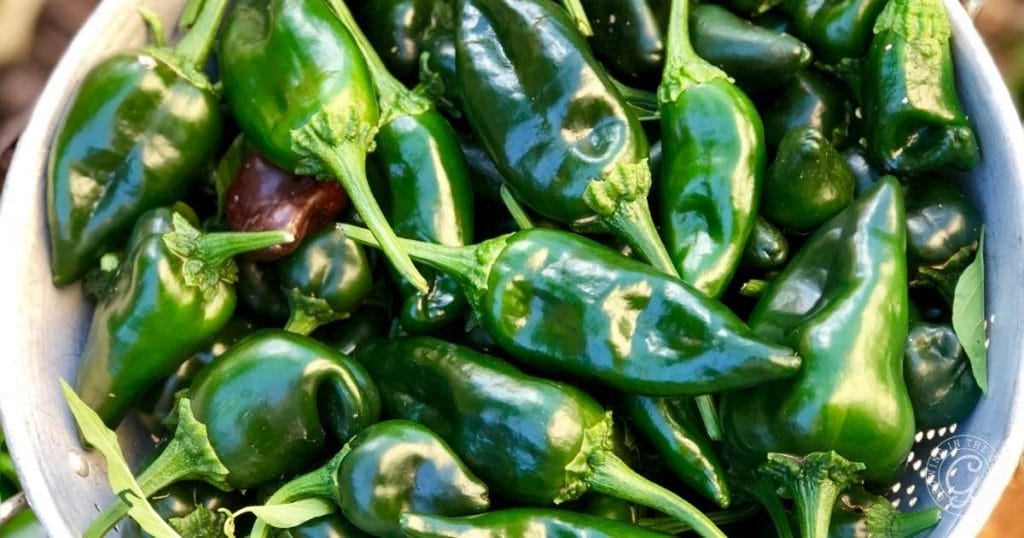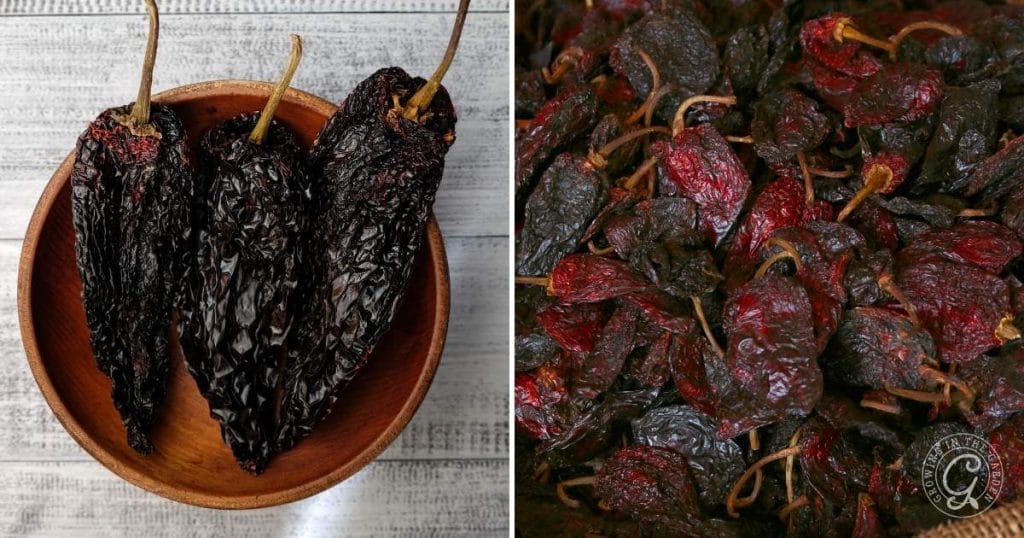Poblanos are literally one among my favourite peppers to develop and use. These delicate chili peppers are versatile all through the kitchen and comparatively simple to develop. Correct proper right here’s a knowledge that will support you develop poblano peppers, with ideas for respectable climates and a few fascinating particulars about these flavorful peppers.


Article Define:
What Are Poblano Peppers?
Poblano peppers are a form of chili pepper native to the state of Puebla, Mexico. They’re acknowledged for his or her delicate warmth, with a Scoville ranking of 1,000 to 2,000 objects. When dried, they’re generally known as “ancho” peppers and are usually utilized in Mexican delicacies, significantly mole sauces.
Fascinating Information About Poblano Peppers
- Twin Id: Trendy poblano peppers are inexperienced and delicate, nonetheless when dried, they modify into darker and are generally known as “ancho” peppers, which have a wealthy, smoky fashion.
- Regular in Mexican Delicacies: Poblanos are a key ingredient in dishes like “chiles en nogada” and “chile Relleno.”
- Versatile all through the Kitchen: They’re usually stuffed, roasted, or utilized in sauces, along with a fragile spice to fairly a number of dishes.


Beginning Poblano Peppers from Seeds
Begin poblano peppers from seeds indoors about 8-10 weeks earlier than planting exterior. Sow the seeds 1/4 inch (6mm) deep in seed-starting combine. Protect the soil moist nonetheless not waterlogged, and defend a temperature of 65-75°F (18-23°C) for optimum germination.
As shortly as a result of the seedlings have a minimal of two fashions of true leaves and the pores and skin temperatures are persistently above 60°F (15°C), transplant them to your yard or containers.
Contained in the low desert of Arizona plant poblano peppers in your yard from mid-February by way of April. There’s a second planting window in the course of the monsoon season from mid-July by way of September.
Planting and Caring for Poblano Peppers


Poblano peppers thrive in full picture voltaicso choose a location that receives a minimal of 6-8 hours of direct daylight day-after-day. Contemplate offering afternoon shade in your crops as shortly as temperatures are persistently above 90°F (32°C).
These peppers need well-drained soil that’s wealthy in pure matter. Amend soil with compost and worm castings earlier than planting. Feed all by means of the rising season with further compost as wanted.
Plant poblano peppers about 18-24 inches (45-60cm) aside to provide them room to develop. The crops get massive, and the brittle branches develop finest with some help. A tall tomato cage works efficiently. Study further about one of the simplest ways to prune peppers on this blogpost.
Poblano peppers want widespread watering. Nonetheless, overwatering could find yourself in root rot and completely various factors. Water the crops deeply a number of events every week, permitting the soil to dry barely between waterings. All by means of scorching, dry native climate check out your soil; chances are you’ll ought to water further ceaselessly. Apply a layer of mulch all through the underside of the crops to assist retain moisture.
Poblano peppers are comparatively proof in direction of pests, nonetheless be trying to find frequent yard pests like aphids and spider mites.
Harvesting and Storing Poblano Peppers
In distinction to completely totally different peppers left on the plant till utterly ripe, poblano peppers are sometimes harvested earlier than their shade modifications to a ripe reddish-brown. As shortly as they attain full measurement and cease rising, wait about one week after which harvest them. They’re finest when harvested very firm and with a deep inexperienced shade.
Use pruners to chop the peppers from the plant, leaving a small portion of the stem linked. Be delicate to keep away from damaging the plant. Trendy poblano peppers may be saved all through the fridge for as quite a bit as two weeks. They could even be dried, roasted, or frozen for longer storage.
